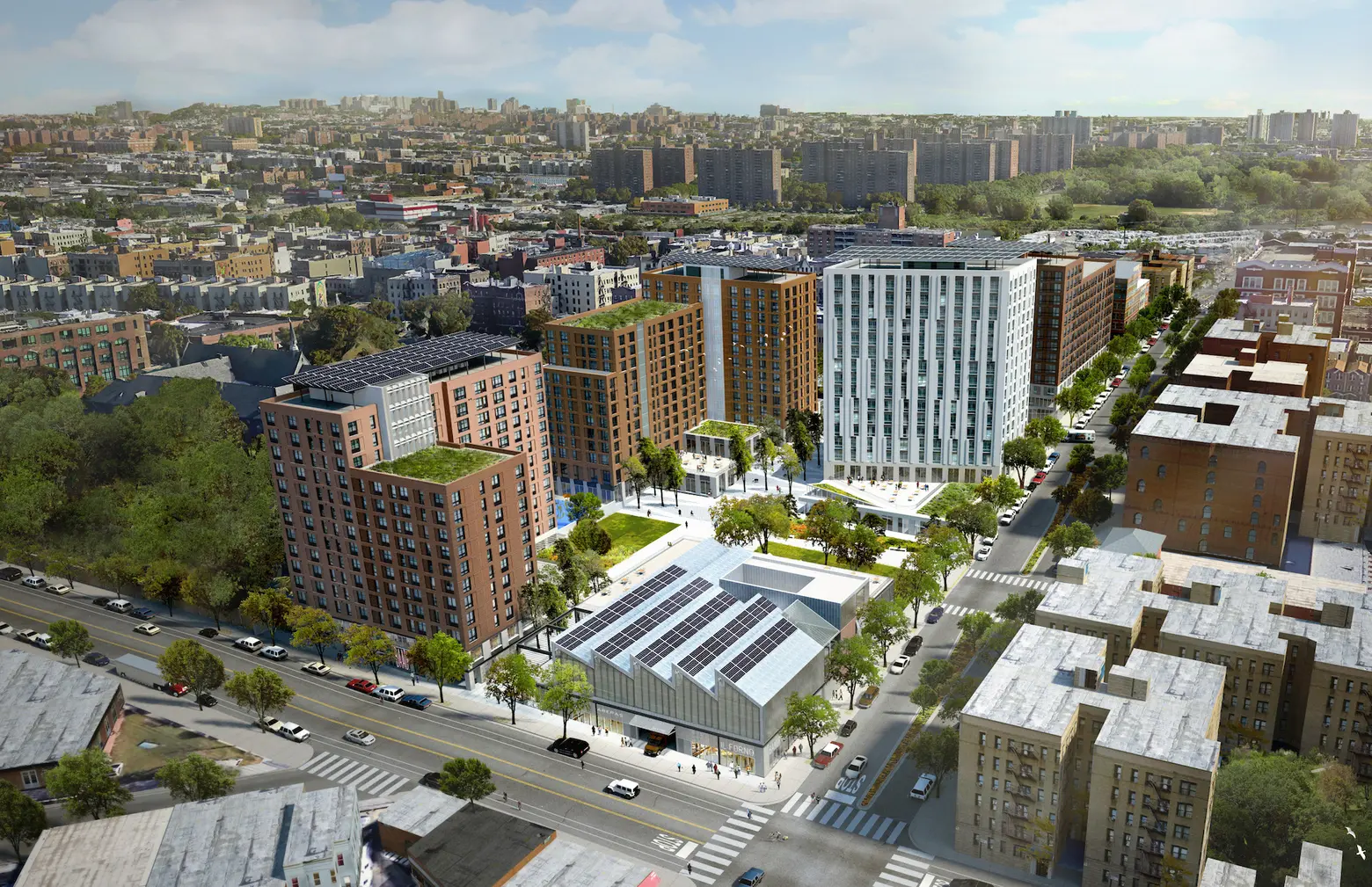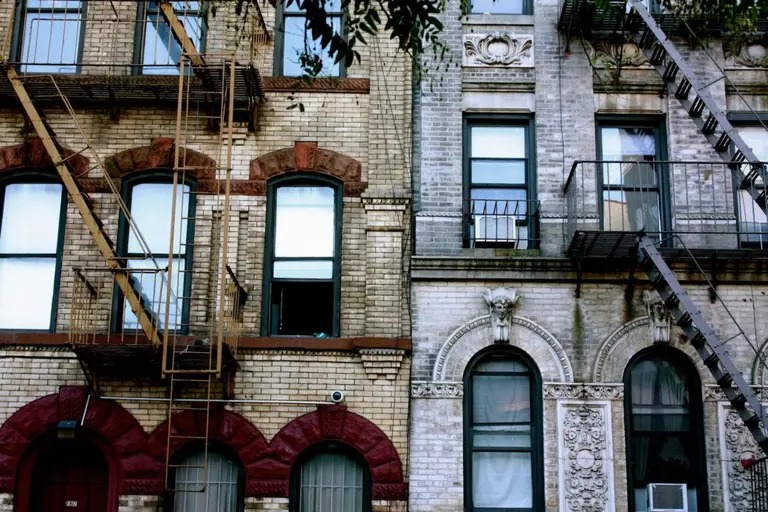NYC to curb ‘community preference’ policy in affordable housing lotteries

Rendering of the Peninsula project in the South Bronx, which gave a 50 percent preference for residents of Bronx Community District 2. Courtesy of WXY Studios
New York City will restrict the preference it gives to residents applying for an affordable apartment within their community district according to a settlement reached on Monday. Under the current policy, 50 percent of affordable apartments are set aside for New Yorkers who live in the same neighborhood as the development, known as “community preference.” After a lawsuit first filed in 2015 challenging the policy as discriminatory, a new order signed Monday caps the preference to 20 percent of units through 2029 and then to 15 percent after that.
Under the settlement approved Monday by Manhattan Federal Judge Laura Taylor Swain, starting in three months, preference for applicants who live in the community district will be capped at 20 percent of apartments. In May 2029, the cap will be lowered again to 15 percent, a drop of 70 percent.
According to The City, the city will update the language on Housing Connect, the affordable housing portal, starting March 1.
For decades, the city has utilized the community preference policy for its affordable housing lottery system, intended to prevent the displacement of low-income residents in gentrifying neighborhoods. Developers of affordable housing have supported the policy because it makes it easier to get approval from the local community board and residents, and therefore get projects through the City Council.
However, critics of the policy claim it perpetuates racial segregation and violates the 1968 Fair Housing Act. The non-profit Anit-Discrimination Center filed a lawsuit in 2015 challenging the city’s practice.
In 2019, Swain ordered the release of a report detailing segregation in the city’s affordable housing lottery system. As 6sqft previously noted, the report examined seven million lottery applications for 168 different lotteries between 2012 and 2017 and found the majority group in any community had the advantage.
Black New Yorkers faced overwhelming disadvantages in primarily White and Latino neighborhoods, while Latinos were impacted in majority Black communities.
According to Crain’s, Mayor Eric Adams’ administration did not want the case to go to trial which could have meant the end of the policy.
“This agreement, which allows the city to maintain the community preference policy, preserves a critical tool that lets us build on this progress and continue creating new affordable housing in partnership with communities across the city,” Mayor Eric Adams said in a statement.
“With this policy in place and local communities at the table, we can and will continue to provide affordable housing and economic opportunities for New Yorkers in every neighborhood.”
RELATED:




























